Description
Achromin is a depigmenting (whitening) cream designed for both the face and body. Its primary purposes are:
Target Concerns: Addressing skin imperfections and hyperpigmentation (dark spots, age spots, melasma, post-inflammatory hyperpigmentation from acne).
Key Benefits:
Whitening/Brightening: Aims to unify skin tone and restore the natural complexion.
Anti-inflammatory: Helps to calm the skin and reduce redness.
Antioxidant: Fights free radical damage caused by UV rays and pollution.
Anti-aging: Claims to reduce signs of photoaging (sun-induced aging).
Moisturizing & Nourishing: Leaves skin soft, supple, and elastic.
Skin Type: Marketed for all skin types.
Additional Feature: Contains UV filters, which are crucial for protecting the skin from further sun damage that can worsen pigmentation.
-
How It Works (Key Active Ingredients Analysis)
While the formula contains many ingredients, these are the key players for its whitening and protective effects:
Lactic Acid: An Alpha-Hydroxy Acid (AHA). It exfoliates the surface layer of the skin, helping to remove dead skin cells that contain excess melanin (pigment). This leads to a brighter, more even complexion and improves skin texture.
Glycyrrhiza Uralensis (Licorice) Root Extract: A potent natural ingredient. It inhibits the enzyme tyrosinase, which is essential for the production of melanin. This helps prevent the formation of new dark spots. It also has anti-inflammatory and antioxidant properties.
Dithiaoctanediol: A synthetic derivative that is also a strong tyrosinase inhibitor. It interferes with the pigment production process, making it a effective modern depigmenting agent.
Gluconic Acid: Helps to gently exfoliate and chelate (bind to) metals, which can potentially support the stability and effectiveness of other ingredients.
Sutilains: A type of enzyme (protease) that may help to exfoliate the skin by breaking down proteins, aiding in cell turnover.
Beta-Carotene: A powerful antioxidant that helps protect the skin from free radical damage. It can also be a precursor to Vitamin A.
UV Filters (unspecified): The presence of UV filters is critical. Sun protection is the most important step in preventing and treating pigmentation, as UV exposure is the primary trigger for melanin production.
-
How to Use (Recommended Application)
Patch Test: Always perform a patch test on a small area of skin (e.g., behind the ear or on the inner arm) 24 hours before full application to check for any adverse reactions.
Application: Apply the cream to clean, dry skin on the face and/or body, focusing on areas with pigmentation.
Sun Protection is Mandatory: This product must be used in conjunction with a broad-spectrum sunscreen during the day. The exfoliating ingredients (Lactic Acid) can make your skin more sensitive to the sun, potentially leading to more damage and pigmentation if not protected.
Frequency: Typically, such creams are used once or twice daily, as directed on the packaging or by a dermatologist. It’s often recommended to start with once daily to see how your skin reacts.
Consistency: Results require consistent use over several weeks or months.
-
Full Ingredient List
Aqua: Water (base of the cream)
Paraffinum Liquidum: Mineral Oil (occlusive moisturizer)
Glycerin: Humectant (draws moisture into the skin)
Glyceryl Stearate SE, Glyceryl Stearate, PEG-100 Stearate, Cetearyl Alcohol: Emulsifiers and emollients (they blend the water and oil phases together and soften the skin)
Petrolatum: Occlusive agent (forms a barrier to prevent water loss)
Dimethicone: Silicone (provides a smooth, silky feel and forms a protective barrier)
Stearic Acid, Palmitic Acid: Fatty acids (thickening and cleansing agents)
Butylene Glycol: Solvent and humectant
Parfum: Fragrance (a potential sensitizer for some skin types)
Sodium Benzoate, Potassium Sorbate, Ethylhexylglycerin, Phenoxyethanol: Preservatives
Linalool, Alpha-Isomethyl Ionone, Eugenol, Hexyl Cinnamal, Hydroxycitronellal, Geraniol, Citronellol, Cinnamyl Alcohol: Components of the fragrance. These are known potential allergens and are required to be listed separately in the EU.
-
Important Considerations & Warnings
Fragrance: The cream contains perfume and multiple fragrance allergens. This makes it potentially irritating, especially for those with sensitive, reactive, or acne-prone skin.
Comedogenic Potential: Ingredients like Mineral Oil and Petrolatum are occlusive. While not inherently comedogenic for everyone, they can pore-clogging for some individuals, particularly those with very oily or acne-prone skin.
Realistic Expectations: Whitening creams can significantly improve the appearance of pigmentation but may not eliminate it completely. They work best as part of a comprehensive skincare routine that includes daily sunscreen.
Consult a Professional: For persistent pigmentation issues, consulting a dermatologist is always the best course of action. They can provide stronger, prescription-only options (like hydroquinone or tretinoin) and monitor your progress.

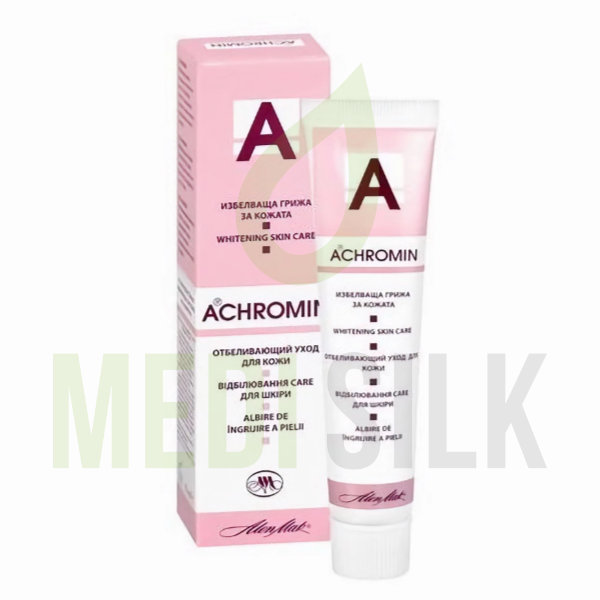
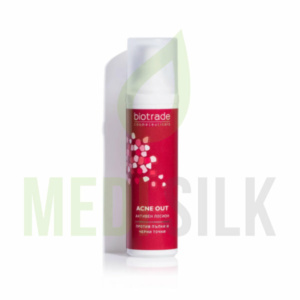
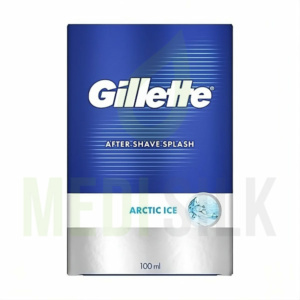
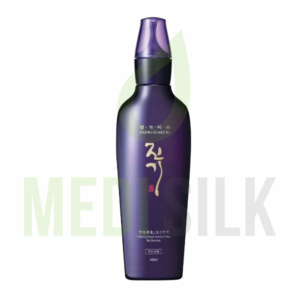

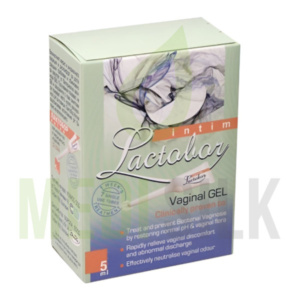
 Shop Feed
Shop Feed


